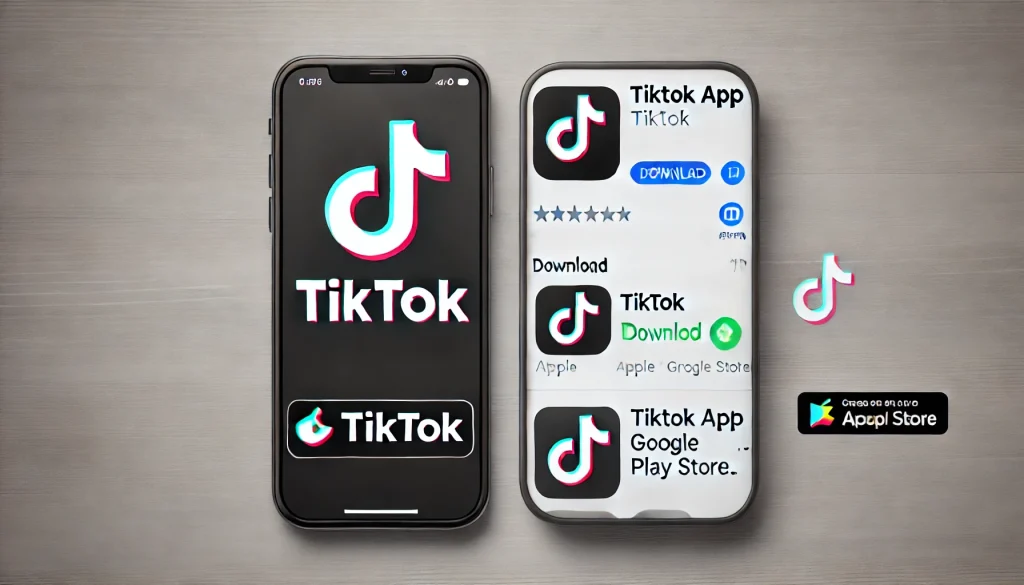TikTok Returns to Apple and Google App Stores in the US
InIn a significant development, TikTok has been reinstated on the Apple App Store and Google Play Store in the United States as of February 13, 2025. This follows President Donald Trump’s decision to delay the enforcement of a previously planned ban on the popular social media platform.

Background: The Ban and Its Implications
In January 2025, TikTok faced removal from major app stores due to concerns over national security and data privacy, stemming from its ownership by Chinese company ByteDance. The Protecting Americans from Foreign Adversary Controlled Applications Act (PAFACA) mandated that TikTok either divest its U.S. operations or face a ban. Consequently, the app was removed from the Apple App Store and Google Play Store on January 19, 2025, leading to a temporary suspension of services for its substantial American user base.
Presidential Intervention and Reinstatement
On January 20, 2025, President Trump signed an executive order granting a 75-day non-enforcement period of PAFACA, allowing TikTok to continue its operations while discussions for a potential sale or restructuring took place. This move provided temporary relief to users and the company alike. Subsequently, on February 13, 2025, both Apple and Google restored TikTok to their respective app stores, following assurances from the administration that they would not face penalties for hosting the app during this period.
Ongoing Negotiations and Future Prospects
The delay in enforcement has opened the door for potential deals to address the national security concerns associated with TikTok’s ownership. Discussions have included possibilities such as a takeover of TikTok’s U.S. operations by American companies like Oracle, or the establishment of a joint venture that would grant the U.S. government a partial ownership stake. These negotiations aim to ensure the protection of user data and alleviate security apprehensions.
User Impact and Community Response
The reinstatement of TikTok has been met with enthusiasm from its vast user community in the United States. Creators, influencers, and businesses that rely on the platform for content distribution and audience engagement have expressed relief at the app’s return. The platform’s unique algorithm and widespread popularity continue to make it a central hub for digital creativity and social interaction.
Conclusion
TikTok’s return to the Apple App Store and Google Play Store signifies a pivotal moment in the intersection of technology, politics, and international relations. As negotiations proceed, the outcome will likely set a precedent for how global digital platforms navigate regulatory challenges and national security concerns in the future.






